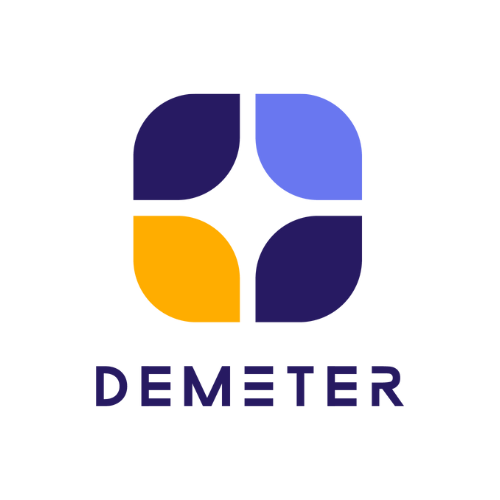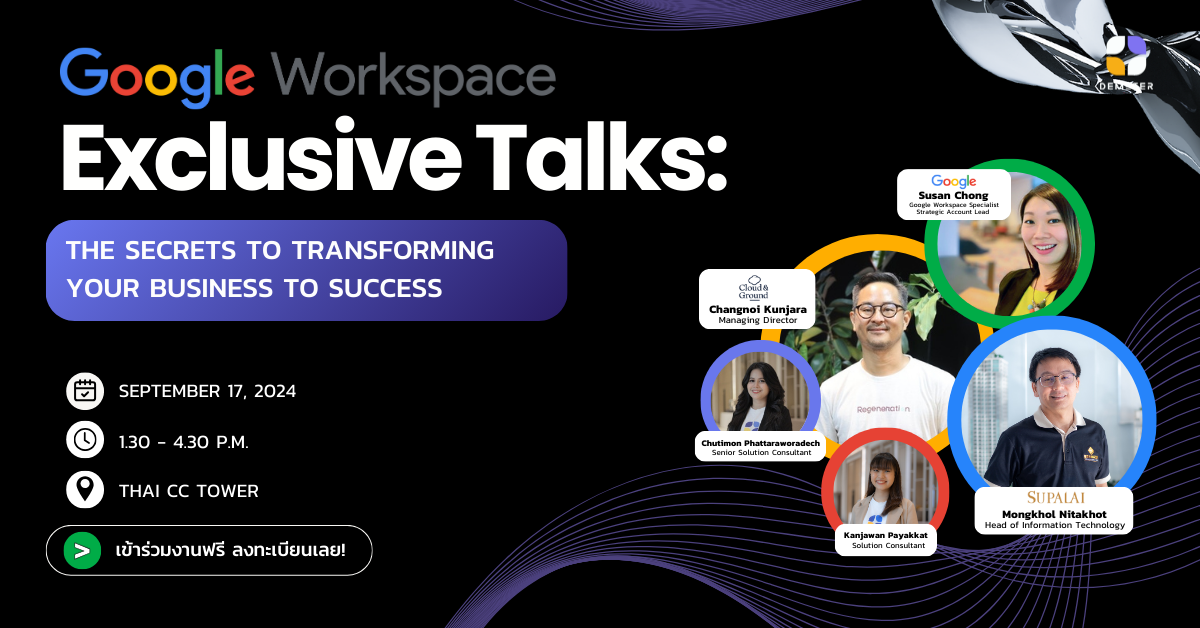This planning guide will help you create a CX map that gives your team the insights they need to deliver excellent customer experiences.
Today’s customer experience (CX) leaders too often rush into the customer experience map-making process before answering some fundamental questions. The result: massive misperceptions that lead to poor communication and misguided assumptions about your customers’ experiences.
We’re not talking about a harmless misunderstanding: an Acquia study reports that 90% of customers say most brands fail to meet their expectations when it comes to delivering good customer experience. Meanwhile, 82% of marketers believe they’re hitting the mark.
Anyone who seeks to bridge such a huge chasm between customer realities and marketer perceptions will definitely need a good map.
At Zendesk, mapping our customer experiences is an ongoing pursuit. We look to Holly Vande Walle, our Director of Advocacy Training and Quality, to steer us in the right direction.
“Mapping is incredibly important because our customers are so different from one another, even within segments. So we look at our enterprise level, our small, medium business, our startups, and have at least some sort of an experience map for each of them, understanding the nuances, and what type of staff they have on hand to work through troubleshooting or admin issues.” Holly Vande Walle
Holly brings a wealth of insights to the map-making process. One of her biggest pieces of wisdom: ask the right questions, so you can get the most accurate data from your customers and your teams.
“It’s a very delicate balance,” Holly says. “We’re looking at everything with that two-sided lens of the customer and the support person.”
Before you start creating your customer experience map, answer these eight questions about its goals, focus, and process. Once you do, you’ll have the keys to a truly revealing, helpful CX map that gives you a customer-level view of your company.
1. What’s it for?
While you may know the definition of a CX map, the purpose of your particular map may not be as obvious.
Some companies need CX maps to help their customer-facing team members build empathy with the people they serve. Others build a CX map to give teams insights based on recent customer research. Still others build CX maps to use as inspiration for improvements to existing processes or as a way to envision new products and services.
Key takeaway: Know why you’re making a customer experience map
Identify why you’re building this map — what do you hope to accomplish with it? What problem are you trying to solve? Why does your organization need it?
The purpose of your CX map will guide all of the elements contained in it.
2. How will it be used?
If you need to capture the customer experience in real time (the way a satellite map captures weather or traffic conditions), consider creating a dynamic CX map that acts as a living document.
You can use it for strategy-building workshops, where the process is more important than the final presentation. It’s up to your team to fill in the details as part of the learning process. You can also use it as a dashboard for your CX leaders to consult as they gauge the health of your customer experiences and determine how to improve it.
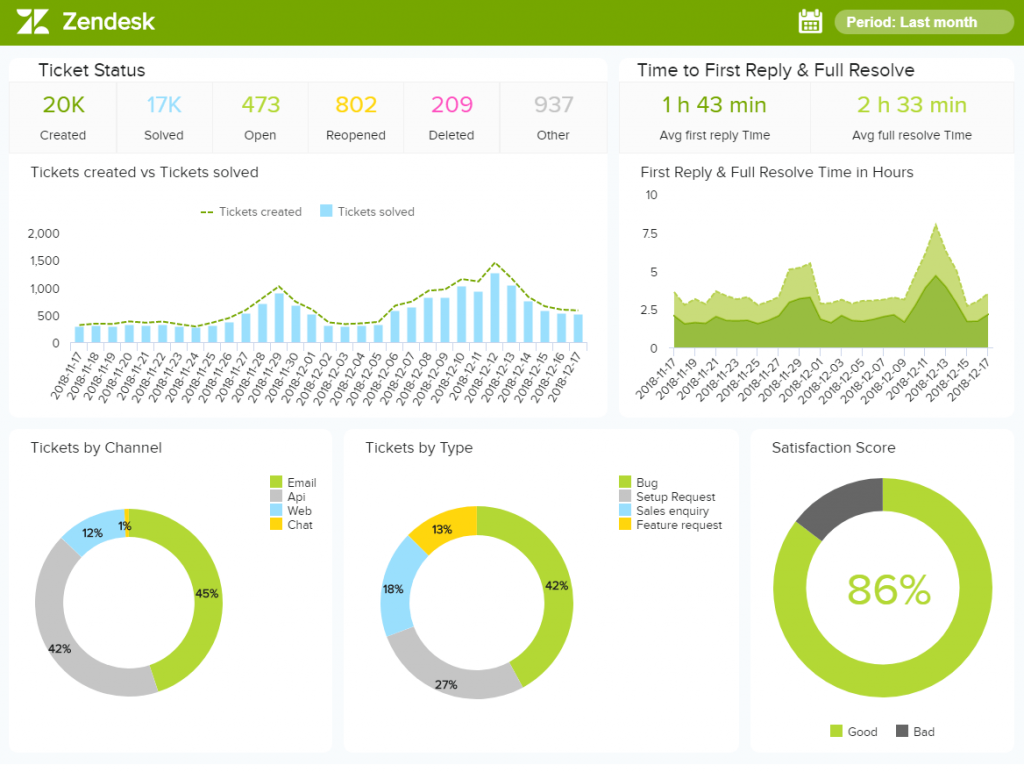
Zendesk Explore’s drag-and-drop dashboard can act as a real-time, dynamic map of your customer experience.
Creating a living document means your map will need an open format that can easily change as your team collects new data. But if you need to share a visual representation of the customer experience with folks across your organization, a static CX map may be the best way to go.
Static CX maps should include as many details as possible to tell the full story while also being easy to interpret. Capture big-picture views instead of more subtle customer interactions. A professional designer can help you turn your data into a clear, visual message.
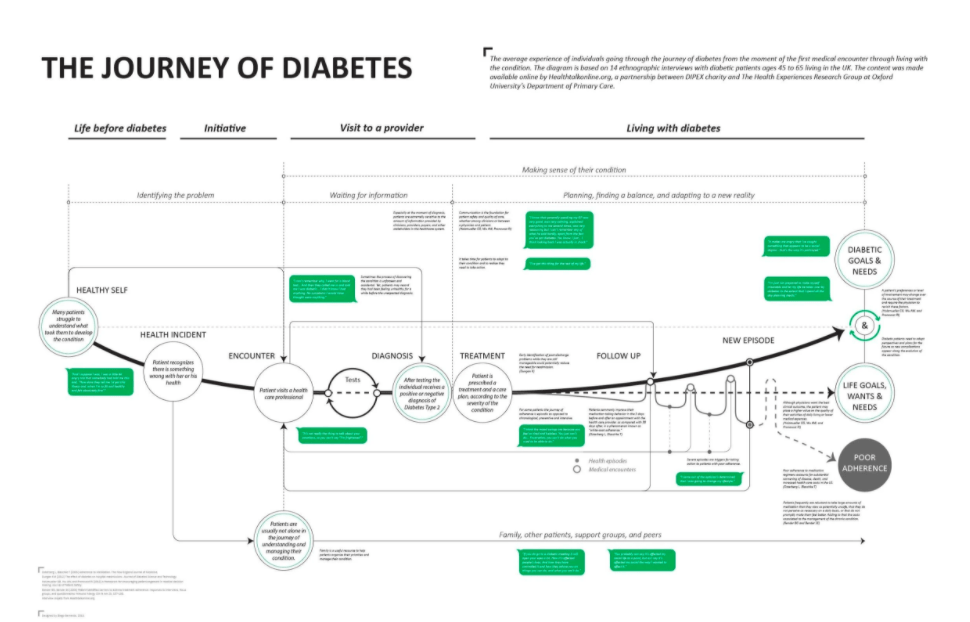
A static map designed by Diego Bernardo captures “The Journey of Diabetes” — what a diabetes patient experiences within the healthcare system from symptoms through diagnosis and treatment.
Use a static CX map in a slide deck, in team-training materials, or even as a poster for teams to refer to in meetings.
Key takeaway: Know the function of your CX map
Understanding how your organization plans to use the map will help you plan the form it will take.
3. Who’s it for?
If your map will be used by external stakeholders, look at your company from the outside in. Since they’re not as familiar with your products, services, and internal processes, they’ll need more context. For example, a sales training consultant will need to understand how and why the customer experience changes in a high-touch sales process compared to a self-serve sales process.
If your map will be used by internal stakeholders, it should show customer interactions from the inside out. Your employees will need more context on experiences outside their normal perspective. For example, if your sales team is immersed in the sales process, they’ll benefit from seeing all the marketing interactions that happen from the customer’s point of view before the customer even talks to sales.
Key takeaway: Know the audience of your CX map
Your CX map is telling the story of how your customers see your company. Knowing who will use the map will help you decide on which details to include so your core message is clear and any insights are actionable.
4. What are you capturing?
Determining the scope of your map will help you know where you’ll get your data. It will also determine how granular your data will need to be. There are three main types of CX maps, each with a different level of focus:
1) Inventory map – If you want to capture all customer touchpoints, make an inventory map. Think of this map as a world atlas: you’re getting a high-level view of the overall customer experience. Your customer touchpoints are like the continents. Unless your inventory map is highly dynamic and allows you to “zoom in” (like the example from Starbucks below), it’s hard to get on-the-ground details on individual touchpoints.
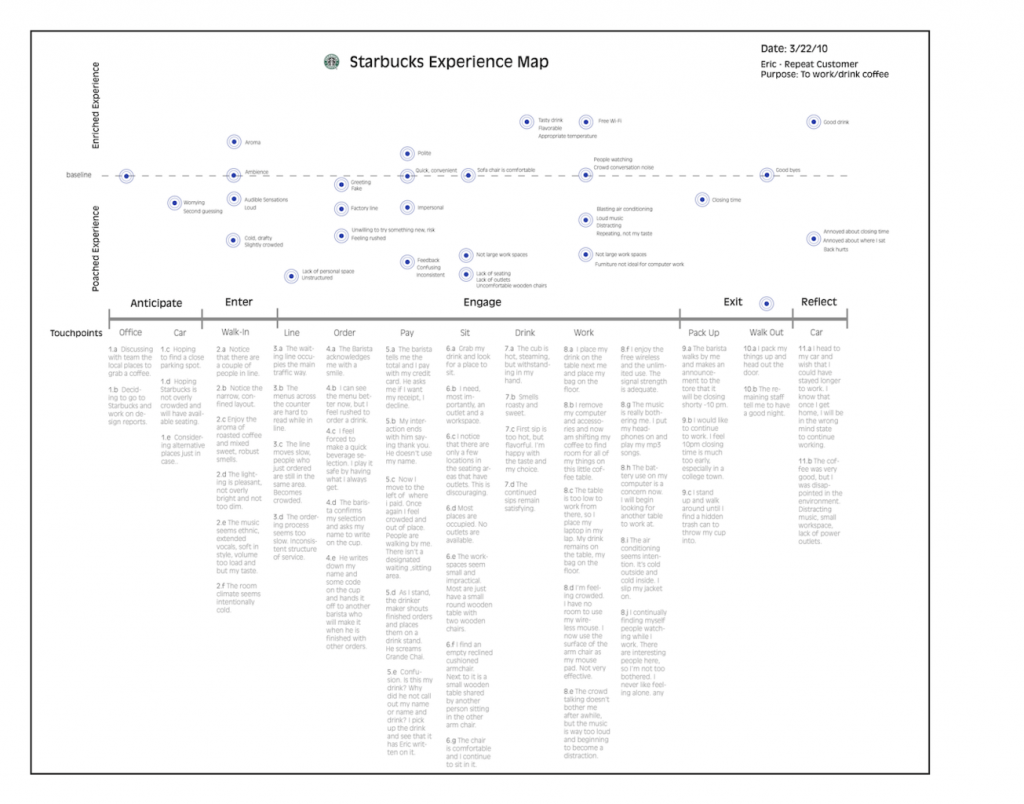
2) Activity map – If you want to capture, explore, or improve customer interactions related to specific touchpoints, make an activity map. While the inventory map is like a world atlas, your activity map is like a roadmap: not only will you see the “intersections” where your company and your customer cross paths, with the right data, you’ll also see if there’s any “congestion” (i.e. poor customer experiences).
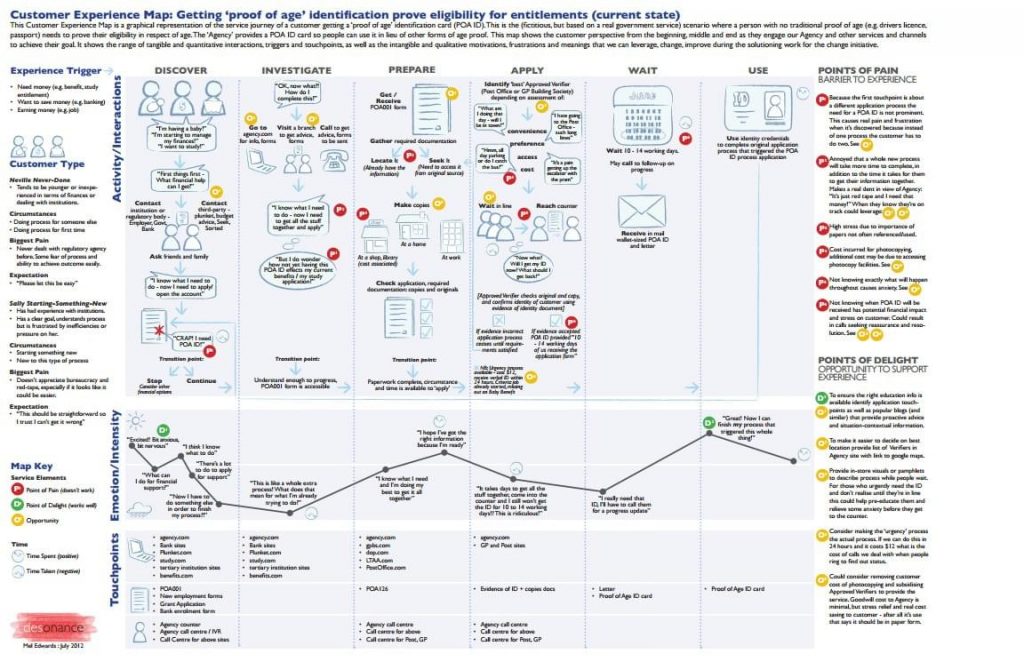
Example of an activity map from a government agency centered around obtaining an ID.
3) Data capture map – If you want to get a snapshot of how your company collects customer data at each touchpoint (or envision how you plan to do so), make a data capture map. Think of a data capture map like a city planning map: you’re focusing on the infrastructure that supports your customer experience. It alone will not give you customer insights and is best used as an overlay on an activity or inventory map.
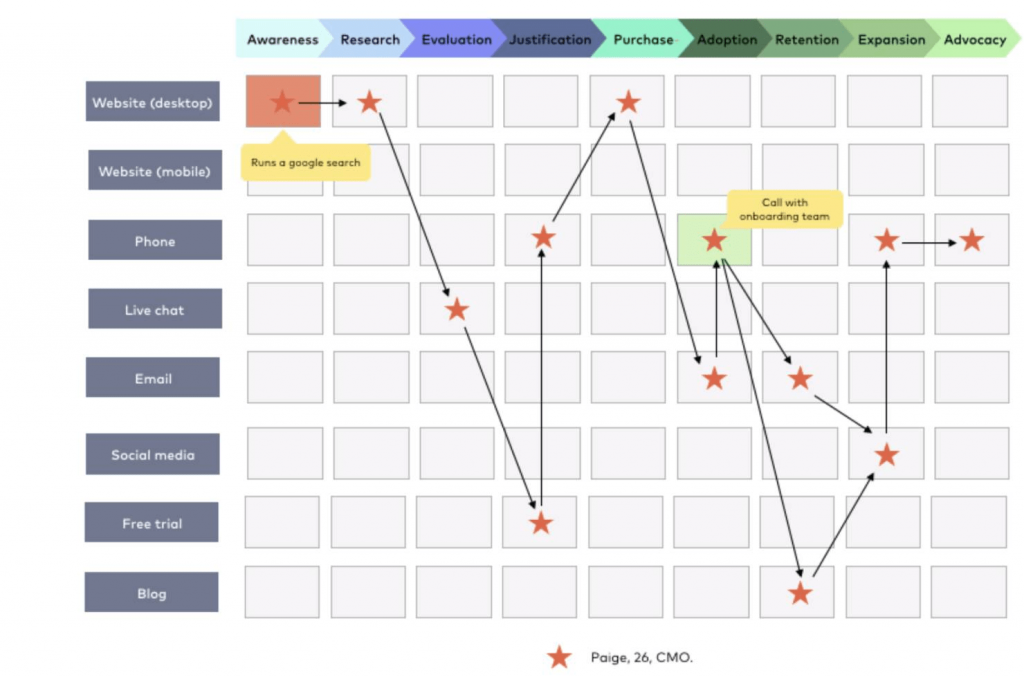
A simplified CX map that plots the touchpoints where a B2B company can capture customer data and feedback.
3) Data capture map – If you want to get a snapshot of how your company collects customer data at each touchpoint (or envision how you plan to do so), make a data capture map. Think of a data capture map like a city planning map: you’re focusing on the infrastructure that supports your customer experience. It alone will not give you customer insights and is best used as an overlay on an activity or inventory map.
Key takeaway: Know the scope of your map
How much data will you need to collect to tell the clearest story of your customer’s experience? Deciding on the scope of your map early on will help you stick to the facts you’ll be collecting.
5. Who are you studying?
Your customers’ expectations and outcomes differ based on who they are and where they’re coming from. Knowing the different types of customers you’re following will help you create a more accurate map with a sharper focus.
- Identify your customer segments At Zendesk, we’ve grown from serving mostly small businesses to supporting enterprise-level organizations. This experience taught us the importance of mapping experiences by customer segment.“When we recommend a fix or [launch] an app, the reaction that we’re going to get based on the different segments is totally different,” says Holly. “There might be a huge bureaucracy to go through at an enterprise level customer versus a mom and pop shop, [who can say] ‘yep, we can do that.” You should not only consider how experiences vary based on the size of the customer but also based on the culture they’re coming from. Holly says she’s currently leading an initiative to review how international audiences experience our knowledge base and help content, and improving the experience goes beyond simple translation. “You also have to consider that what a Japanese customer wants is different than what a German customer wants,” Holly says. “It’s not just the language. Different ways of talking are going to cause a different reaction.”
- Segregate existing and targeted groups of customers The history of your company’s relationship with your customers also impacts how they see interactions.If someone is visiting your website or your store for the first time, they’re seeing it differently than a long-time customer who knows their way around. Likewise, a prospective customer interacting with your sales rep brings a different set of expectations with them than a customer with a long history with your company.
- Pick Your customer personas You’re probably familiar with the customer persona — a marketer’s favorite resource for understanding the internal and external factors behind your customers’ buying decisions. Customer personas are built for initiatives like CX mapping. If you’re working on mapping a retail, ecommerce, or B2C software experience, plot the journeys of individual customer personas. If you’re creating a CX map for a B2B product, consider using the personas that exist in a buying group and how their role impacts interactions with your company.
Key takeaway: Know which customers you’re tracking
6. Who has the data you need?
Successful CX mapping is a collaborative effort internally. It’s an excuse to break down the silos that get in the way of so many customer experience initiatives. Whether a contributor is coming to you from sales or customer support or they’re working as admins or agents, your internal teams are an invaluable resource with plenty of knowledge to share.
With 46% of CX leaders reporting that the CX mapping process is “extremely positive” when co-led by multiple stakeholders — and with tools like Zendesk Explore that allow teams to share real-time insights — you have every reason to collaborate.
Key takeaway: Know who’s providing your customer experience mapping data
Your internal teams help facilitate data collection at various external touchpoints, but the single source of truth for a CX map is always your customer’s point of view. At Zendesk, we rely on both qualitative data (like customer satisfaction surveys) and quantitative data (like interviews, call recordings, and product reviews) for our CX mapping initiatives.
“We had a group of people who did interviews with customers,” says Holly. “We brought in customers who are known to have good [customer satisfaction scores] C-SAT and customers who are known to have bad C-SAT. And then we interviewed those customers to understand ‘what is it that drove you to evaluate your service at this level or that level?’”
7. What does it tell you?
Each time you look at your CX map, you should be able to take a lesson from it about how your customers see your company.
CustomerThink identifies three assessment criteria:
- Delivers on brand promise – Does this experience keep the promise you made to your customers? For example, if you’re GEICO, is this experience helping your customer save 15 percent on their car insurance in 15 minutes or less?
- Creates value for customers – Does your customer come away with more value as a result of this experience? In other words, what is the value exchanged at each interaction?
- Achieves business results – Does this experience translate to customer acquisition (first-time purchase), customer retention (repeat purchase), or referrals (positive word of mouth)?
Key takeaway: Know how to objectively assess your CX map
Although your customers’ points of view are highly subjective, the outcome of each interaction and the learnings you come away with should be objective.
If you can’t answer the simple yes/no questions above, you’re probably overcomplicating your CX map by placing too much emphasis on customer emotions and not enough on customer outcomes.
8. Where will it take you?
Your CX map is more than just a snapshot — it can be a dashboard with dials you can turn as you see areas that need action.
Start measuring the impact of your CX efforts:
- Use barometers like CSAT and customer effort scores to keep an eye on customer sentiment and satisfaction.
- Track your Product Activity Coefficient (PAC) to measure the engagement of your existing customers.
- Apply measurement to adoption, acceleration, and advocacy — here’s how we do it at Zendesk.
- Focus on the ROI of your customer experience — there’s no crime in following the money.
Key takeaway: Know what steps to take next
Have a plan for how you’ll translate the customer experience into business impact and how you’ll test new initiatives in real time.
A well-made customer experience map is an ever-evolving source of truth
By asking the right questions and answering them with the right tools, you can create a comprehensive CX map with a wealth of insights on your customer experience. Then you can quickly identify and prioritize changes that need to be made. The results: the biggest improvements and best outcomes for your business and customers.
Want a really easy way to immediately improve customer experience? Consult us for your CX Transformation and Zendesk Trial today.
Contact Us: Demeter ICT Company Limited, No.1 Zendesk Authorized Solution Provider in Thailand and APAC No.1 Zendesk Authorized Solution Provider in Thailand and APAC. [ Demeter ICT ] – Our specializations are “CX Design”, “Consulting,” “Implementation“, “System Integration” and “Training” for Zendesk. We help clients analyse, design workflows, and build a good CX.
LINE OFFICIAL
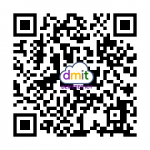
-
For additional information and special promotion call now!
Tel. (+66) 2 030 0066 (TH/EN)
Tel. (+86) 14778852841 (CH) - Facebook Page : @demeterict
- support@dmit.co.th
